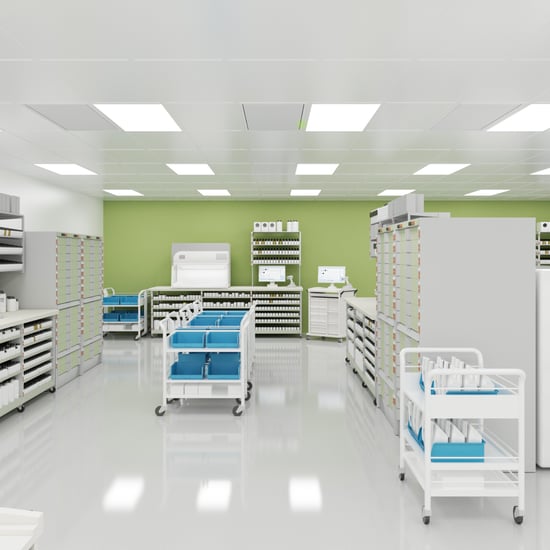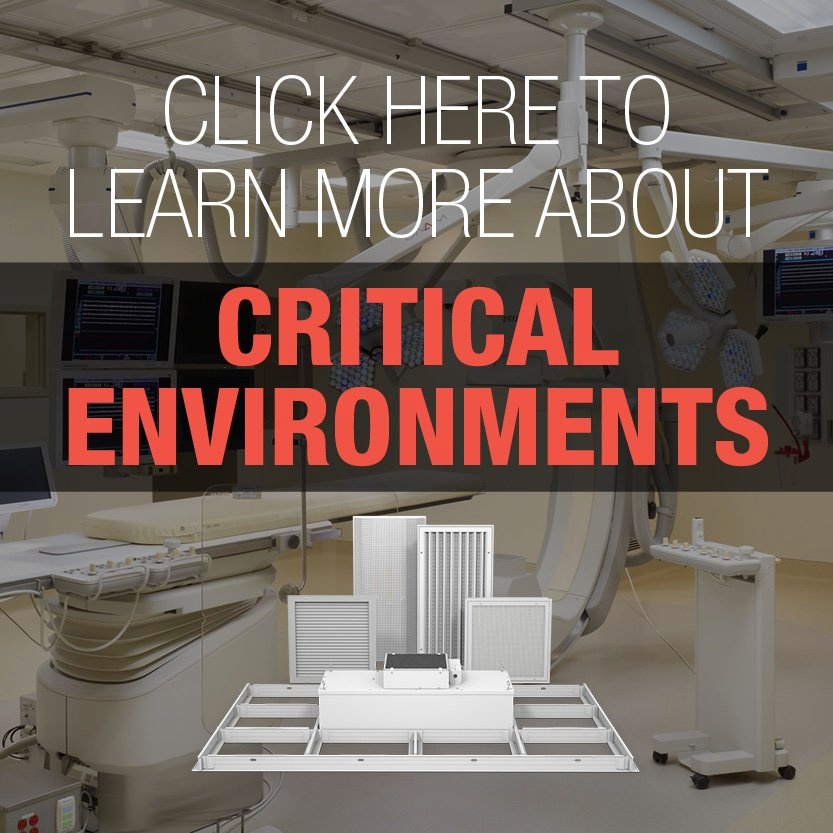A Look at What’s New in the USP 797/800 Standards for Pharmaceutical Compounding
United States Pharmacopeia (USP) is a nonprofit organization that was founded in the 1820s by a group of physicians and is enforced by the U.S. Food & Drug Administration (FDA). USP sets standards for the identity, strength, quality and purity of medicines.
According to its website, the USP is a “science-driven organization that has an established process for convening independent experts for the development and maintenance of healthcare quality standards. The process is public health focused, leveraging current science and technology, and draws on the expertise of scientists and healthcare practitioners while providing opportunities for public input from stakeholders throughout the standard setting process.”
In this post, we will focus on two essential USP standards:
- USP General Chapter 797 Pharmaceutical Compounding – Sterile Preparations
- USP General Chapter 800 Hazardous Drugs – Handling in Healthcare Settings
 |
| A compounding pharmacy |
USP 797 and 800 Overview
The purpose of USP 797 is the general protection of sterile compounds and spaces from contamination. USP 797 was first published in 2004, with the latest revision published in 2008. Future revisions will harmonize USP 797 with USP 800.
USP 800 includes controls for the protection of workers and environments against hazardous drug compounds. USP 800 was developed in response to reports of adverse effects in healthcare personnel from exposure to hazardous drugs; according to the Centers for Disease Control and Prevention (CDC), an estimated 8 million US healthcare workers are exposed to hazardous drugs each year. USP 800 was first published for public comment in 2014 and became official on December 1, 2019, with the latest revision published in June 2020.
USP 800 is informational only and does not contain any mandatory testing or assays unless otherwise specified by regulatory and enforcement bodies. USP 800 applies only to the handling of hazardous drugs and is intended to be referenced within USP 795 and USP 797 for application to compounding. When this occurs, USP 800 is applicable only during compounding and not during administering and dispensing final dosage forms.
USP 800 Updates from June 2020
Several upgrades to existing and new compounding spaces are required to meet the latest version of USP 800. The changes pertaining to heating, ventilation and air-conditioning (HVAC) systems are listed below:
- Containment primary engineering control devices (C-PEC) must be located in a room that will function as a secondary engineering control (C-SEC) with an ISO Class 7 rating.
- Buffer rooms must maintain a pressure differential of -0.01 to -0.03 in.w.g. relative to adjacent spaces. Note that USP 797 indicates a minimum of -0.01 in.w.g. while USP 800 defines an acceptable range with an upper and lower limit.
- Anterooms must maintain a pressure differential of at least +0.02 in.w.g. relative to adjacent spaces.
- Compounding spaces must have at least 12 air changes per hour (ACH).
- Compounding areas must be directly ventilated outside.
- Negative pressure must be maintained where the drugs are compounded as well as where they are stored.
A Note about Hazardous Drug Storage
Hazardous drug storage areas are subject to the same negative air pressure requirements as compounding areas. Further, hazardous drugs must be stored and prepared in areas separate from where the nonhazardous drugs are similarly handled. Of particular importance is that the exemption permitted under USP 797 that previously allowed small volumes of hazardous drugs to be compounded in the same areas as nonhazardous drugs has been eliminated.
The Price Critical Environments team is ready to assist with the design of your next project. Contact us at criticalenvironments@priceindustries.com for more information.



